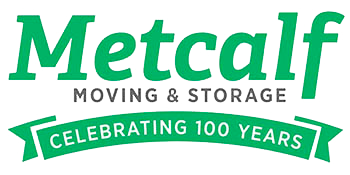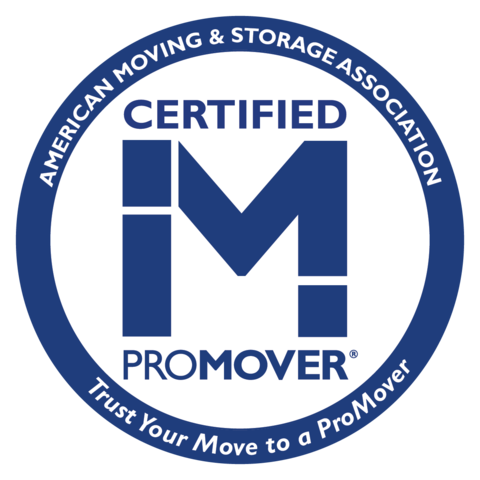METCALF MOVING BLOG
Help Your Canine Adjust: Tips for Relieving Dog Anxiety After Moving
There are no two ways about it; few things in life are more stressful than a move. And that goes double if you’re bringing a furry friend with you.
A move can stress your pet out, too, causing all sorts of disruptions from sleep disturbances to loss of appetite. You love your pet, so seeing them stressed can be tough.
Fortunately, defeating dog anxiety isn’t too difficult. Here are some of our best tips for beating dog anxiety after moving.
1. Place Old Toys Around Your Home
Dogs are creatures of habit. They prefer to stick to the people and places they know. So when moving day arrives, plan for a little extra anxiety.
A great way to counteract that anxiety is by placing old treats, toys, and beds around the new home. Smell is a dog’s strongest sense, so the scent of their old familiar favorites will excite them and put them at ease.
2. Take Your Pup on a Tour
This tip works best in conjunction with our previous advice. Once you’ve scattered some of their favorites around the home, bring your canine companion into the new house.
They’ll likely seem confused at first, so give them a minute to adjust.
Once your pup is settled, slowly guide them around the new house. Take them into each room, letting them smell and explore at their own pace. Give them time to identify the house’s new layout.
Repeat this process several times per day for the first week or so and your dog’s anxiety should drop in no time.
3. Maintain Old Routines
Have you ever noticed that your dog seems impatient around feeding time? Believe it or not, there’s a biological reason.
While you may look at your dog and see no resemblance to their ancestors, dogs still share quite a bit in common with wolves. Namely, both rely on guided routines set by their owner (or pack leader).
Once you’ve set a routine with your dog, it’s important to keep it — especially in the midst of moving stress.
Make an effort to walk, feed, and play with your dog around the same time each day. It’s okay if you deviate from the schedule a little bit, but remember that dogs are creatures of habit that sense things in a different manner.
4. Be Patient
Remember that your dog is going through a lot, too. Therefore, you’ll need to be a little more patient than usual with your pet.
It isn’t uncommon for pets to exhibit any number of behavioral changes after a stressful event such as a move. Keep an eye out for changes in their appetite and behavior, and don’t be surprised if they have an accident or two in the house.
The first night, in particular, will be tough, but rest assured, once your dog gets settled things will return to normal.
Reduce Dog Anxiety After Moving With These Tips
Be sure to give your pup a little extra love as you start to prepare for your move. While dog anxiety can make moving even more stressful, these tips can help you manage it.
Ready to move? Get in touch today to learn more about Metcalf Moving & Storage’s full service moving options.












